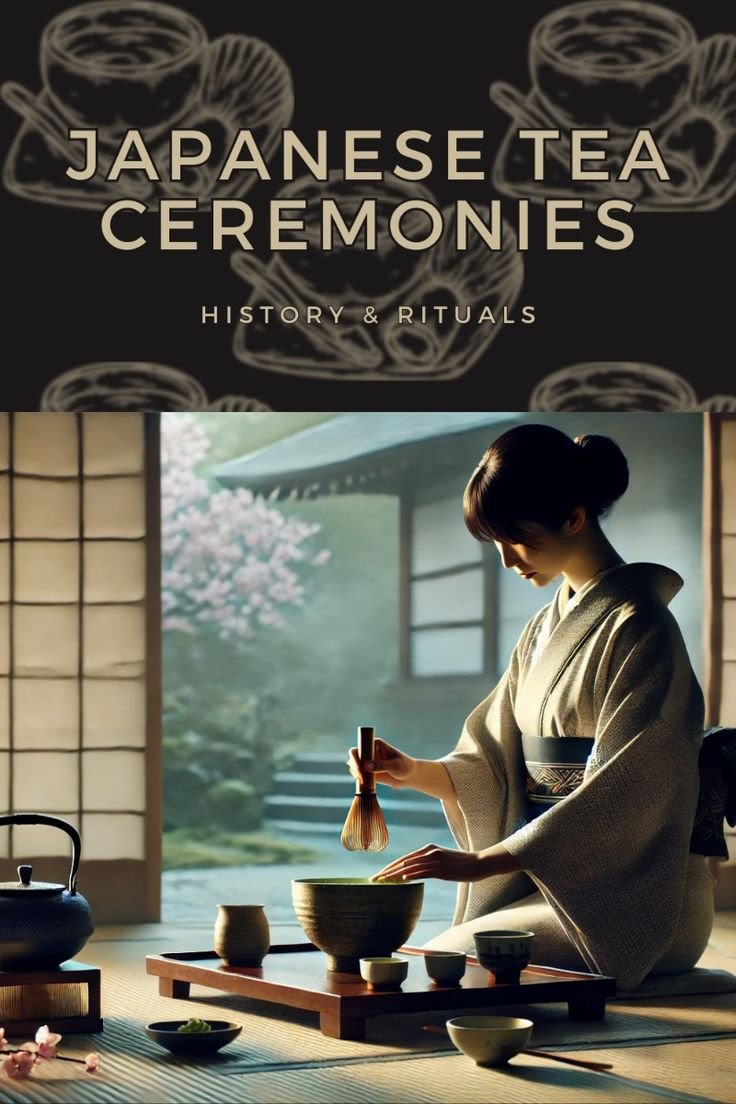Asian tea culture has a rich history deeply rooted in tradition, yet it continues to captivate global audiences in new and creative ways. From ancient ceremonies to modern tea-inspired innovations, Asia’s contribution to the world of tea remains unmatched. This article dives into how the culture surrounding Asian tea has evolved and why it is gaining international acclaim.
The Origins of Asian Tea Culture
China’s Ancient Beginnings
Tea cultivation began over 4,000 years ago in China when it was initially valued for its medicinal properties. Legend attributes its discovery to Emperor Shen Nong, who found that boiled leaves infused water with a refreshing aroma and unique health benefits. Over centuries, tea transcended its medicinal role to become a staple of Chinese culture, leading to iconic traditions like the gongfu tea ceremony.
Japan’s Zen Influence
During the Tang Dynasty, tea drinking spread from China to Japan, where Buddhist monks adopted it for meditation practices. This integration birthed the renowned Japanese tea ceremony, also known as chanoyu. The ceremony emphasizes aesthetics and mindfulness, transforming tea into a meditative art form.
India’s Rise with Chai
India’s involvement with tea began later, yet it contributed significantly to the global tea movement. Though initially introduced by British colonialists in the 19th century, chai—spiced tea—quickly became embedded in India’s cultural fabric. Each region developed its own version of chai, infusing local flavors and spices that continue to define its identity today.
The Globalization of Asian Tea
Exploding Market Demand
Asian teas such as matcha, oolong, and chai have seen soaring demand in global markets. Matcha lattes, for instance, originated from Japan’s powdered green tea but have become a worldwide café staple. Similarly, bubble tea (boba), a Taiwanese invention, has achieved cult-like popularity across continents with its playful tapioca pearls.
Wellness and Functional Beverages
Increasing awareness of health benefits has made Asian teas a favorite among wellness enthusiasts. Green tea’s antioxidants, rooibos’s calming properties, and pu-erh tea’s unique digestion support have placed these ancient beverages at the center of health-conscious diets.
Cultural Appreciation Drives Popularity
Gone are the days of appropriating tea traditions without context. Today, global audiences deeply respect and seek to understand the ceremony and rituals. For example, learning the precision of Chinese tea brewing or exploring the mindfulness elements of chanoyu has turned everyday tea drinking into a meaningful experience.
Modern Innovations in Asian Tea Culture
Reinventing Bubble Tea
Bubble tea shops now offer endless customizations, catering to a younger, experimental audience. From non-dairy milk options to exotic ingredients like taro and crystal jelly, bubble tea remains a canvas for creativity.
Minimalist Tea Cafés
Throughout Asia, sleek cafés focused on specialty brewing methods have emerged. These modern spaces prioritize high-quality teas, sustainability, and the craftsmanship of brewing. By creating minimalistic atmospheres, they attract consumers seeking an elevated yet calming experience.
RTDs and Packaged Teas
The ready-to-drink (RTD) sector has revolutionized how consumers access Asian teas. Brands across the globe now offer convenient and portable bottles of iced matcha, jasmine green tea, and spiced chai, designed for busy lifestyles while preserving authentic flavors.
Key Regional Tea Trends in 2025
China’s Craft Tea Renaissance
China is seeing a return to handcrafted teas, with farmers focusing on small-batch, high-quality varieties. White teas and aged pu-erh are particularly sought-after, highlighting nuanced flavors over mass production.
Matcha Advancements in Japan
Matcha innovation has reached new heights as Japanese producers experiment with flavor-enhancing cultivation techniques. This honors matcha’s premium status while expanding its functionality into desserts, beverages, and skincare products.
Chai’s Journey Beyond India
Spiced chai has successfully transitioned beyond street vendors and into global franchises. Variations like turmeric chai and masala chai mocktails are gaining momentum, driven by the trend of functional, flavorful beverages.
Korea’s Flowering Teas
South Korea is making waves in the tea scene with its blossoming flower teas, such as chrysanthemum and hibiscus. These delicate and visually appealing drinks combine aroma, health benefits, and artistry.
The Role of Technology in Asian Tea Evolution
Technology has further amplified how tea is marketed, sold, and consumed. From smart brewing devices that perfect steeping temperatures to blockchain tracking for tea provenance, digital advancements are reshaping how people engage with this ancient beverage.
Additionally, online platforms allow boutique tea makers to access global audiences, erasing boundaries and making rare, artisanal blends accessible to everyone.
Sustainability in Asian Tea Production
Sustainability is a growing priority in the tea industry. Producers in China, Japan, and India are committing to eco-friendly farming practices like organic cultivation, reducing water use, and recycling packaging materials. Brands are also working closely with tea farmers to ensure fair wages and ethical labor conditions.
Innovations like biodegradable tea bags and refillable canisters have enhanced the eco-conscious appeal of Asian teas for modern consumers.
Cultural Integrity and Intellectual Property
A critical focus in the modern tea landscape is protecting cultural integrity. Top brands ensure that traditional techniques and usage rights are honored. For example, tea farmers in regions such as Darjeeling and Yunnan now receive greater recognition and financial support for their heritage blends, further promoting authenticity over imitation.
Why the World is Drawn to Asian Tea Culture
The global admiration for Asian tea stems not just from its flavors but also from the storytelling embedded in every sip. Asian tea culture invites consumers to slow down, appreciate beauty, and connect deeply with tradition. Whether it’s sipping a jade-green matcha under cherry blossoms or indulging in a fragrant masala chai with friends, these rituals enrich daily life.
Concluding Thoughts
Asian tea culture has effortlessly crossed borders, placing itself at the confluence of history, innovation, and sustainability. Whether through ancient rituals, functional wellness drinks, or bold modern interpretations, its global impact is undeniable. The fusion of authenticity and adaptation ensures that Asian tea will continue to win hearts—and cups—around the world.




